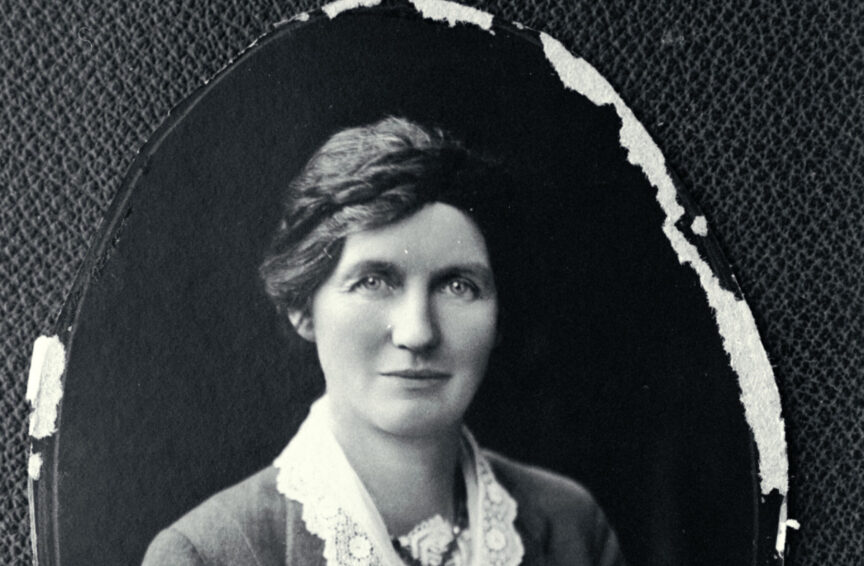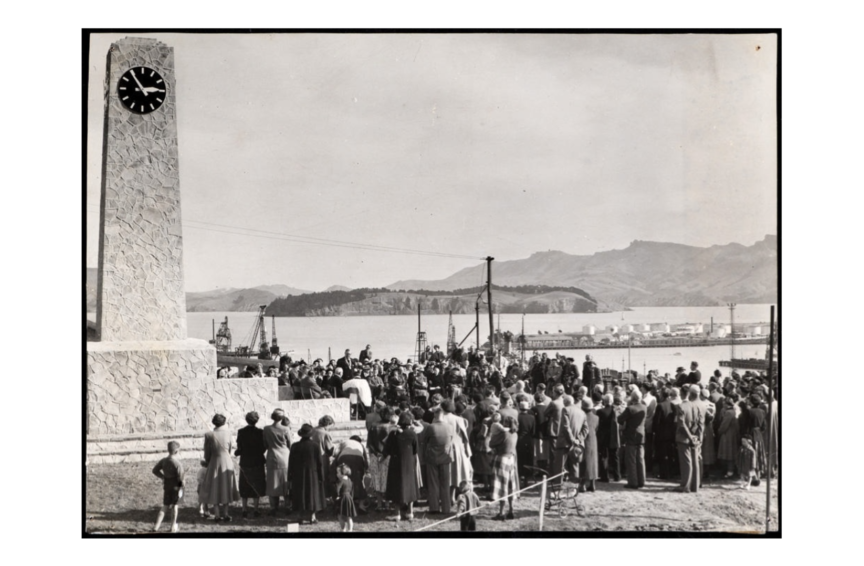PO Box 95
Lyttelton 8841
Te Ūaka recognises Te Hapū o Ngāti Wheke as Mana Whenua and Mana Moana for Te Whakaraupō / Lyttelton Harbour.
Orton Bradley – A Visionary Renaissance Man
This rather dapper gentleman is the visionary Orton Bradley, pictured in 1935 towards the end of his long life. It was due to this man’s widespread interests and commitment to his local area that the present day, beautifully wooded park at Te Wharau Charteris Bay exists. Orton Bradley Park is a privately owned not-for-profit enterprise run by a trust, accessible via a modest entry fee for those wanting to enjoy its walks, mountain bike trails, historic buildings and specialist horticultural collection.
In pre-European times the land and sea around Te Wharau Charteris Bay, in which Orton Bradley Park lies, was an important mahinga kai (area of natural resources) for tangata whenua, offering the bounty of oyster beds, flounder, eels, considerable bird life and flax stands. From as early as the 1820s, European sealers, whalers and flax traders showed a commercial interest in this landscape. In 1845 the Manson and Gebbie families leased a block of land for £20 per annum from local iwi. Samuel Manson constructed a stone shepherd’s cottage in 1848 which is believed to be the earliest stone structure in Canterbury.
In 1852 the Mansons and Gebbies were advised that the Canterbury Association had rightful ownership, having purchased the land from local Maori; the two families moved away. Dr Thomas Moore then acquired a 50 acre block from the Association, building a substantial timber cottage to house his wife and five children. Despite both practising as a doctor in Ōhinehou Lyttelton and running a dairy herd, which provided meat and cheese to the region, his endeavours did not meet with financial success. Consequently, he sold the land in 1858 to concentrate on a medical practice in Riccarton.
Reverend Robert Bradley was the next owner, a man of means from Kirby, Stephen in the United Kingdom. After graduating from Durham University and having spent time on the Cape Coast of West Africa, where his first wife died, he remarried a first cousin, Frances and moved to New Zealand. Initially serving as vicar of St Paul’s Anglican Church in Papanui, he soon realised his passion lay more in farming and he resigned his encumbrance to the church. The Reverend actively set out to increase his landholding in the Bay; by 1861 his estate totalled 1600 acres and his offspring nine, although two of those children died in infancy.
All of the Bradley children were born deaf with the exception of eldest son Reginald Orton, born on 9 August 1857, who inherited the property on his father’s death in 1892. Orton’s primary passion lay in science and technology; he leased some of the land for small dairy and market garden holdings in order to concentrate on his wide range of interests, including but not limited to equine breeding, brewing, geology, ecology, horticulture and engineering. In 1901 he devised an innovative system to power his house and various machinery via a water wheel driven generator, becoming the first to have electric lighting on Banks Peninsula. Never marrying, alongside his numerous interests he was actively involved in local body politics, including holding the Chair of the Mt Herbert County Council during the First World War period.
However, it is arguably Orton Bradley’s extensive planting of specimen trees both on his land and further afield in Lyttelton and Akaroa, with the aim of assessing their suitability for local conditions, that has been his lasting legacy. At the time of his death in 1943, aged 86, he left the land in trust for future use as a National Park. Although the land did not in fact meet the criteria for National Park status, his generosity paved the way for the formal opening of the Park to the public in 1981.
Today’s complex features Manson’s stone building, carefully restored post the earthquakes of 2010 and 2011, and neighbouring, heritage listed millhouse, stables and machinery shed. A replica of an early colonial home from the 1850's houses a cafe and there is an 1870s wooden school house which was relocated from Charteris Bay in 1973. Still a working farm, Orton Bradley Park is a Whakaraupō Lyttelton Harbour jewel, enjoyed by many for its campground, cafe and picnic facilities, annual Spring fair, walkways through bush and exotic plantings, outdoor education opportunities, rich history (including a recently opened museum), and as a gateway to Te Ahu Pātiki Mount Herbert.
See also https://www.ortonbradley.nz/ & https://www.facebook.com/

